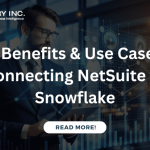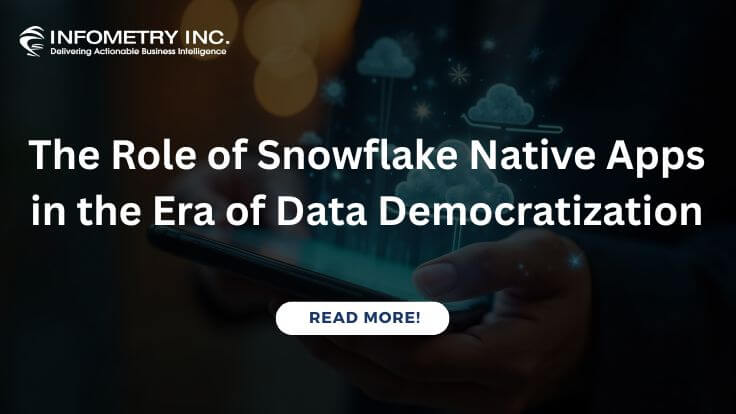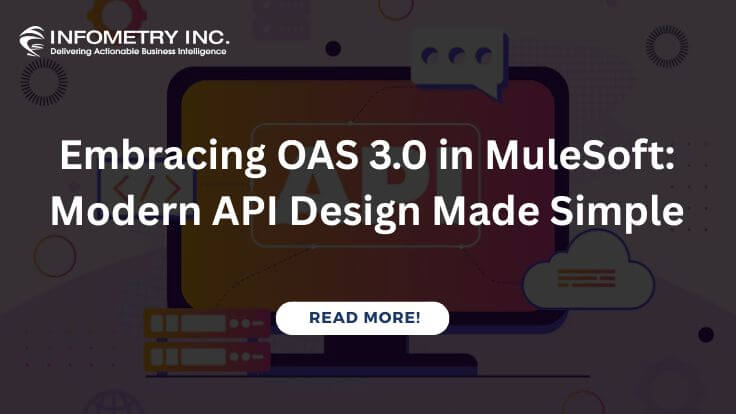
How to Connect NetSuite to Snowflake?
August 16, 2024
Top Benefits & Use Cases of Connecting NetSuite to Snowflake
August 26, 2024Stop Wasting 12% of Your Revenue: Effortlessly Load NetSuite Data into Snowflake
Did you know that poor data quality and siloed information cost businesses an average of 12% of their annual revenue? That’s a staggering statistic in today’s data-driven world, where insights gleaned from unified data are essential for success.
The good news? Integrating your cloud-based ERP system, like NetSuite, with a powerful data warehouse like Snowflake can unlock a treasure trove of information for optimizing operations, boosting efficiency, and driving strategic decision-making. However, the process of loading data from NetSuite into Snowflake can be a complex one, fraught with manual processes and technical hurdles.
This blog post will guide you through the challenges of loading NetSuite data into Snowflake and introduce Infometry’s solution for achieving a seamless and efficient data flow. We’ll show you how to overcome common obstacles and unlock the full potential of your combined data ecosystem, ultimately saving you time, money, and frustration.
Step-by-Step Guide to Load Data from NetSuite to Snowflake
1. Understanding the Data Flow
- NetSuite: As a comprehensive ERP solution, NetSuite generates a wealth of data across various business functions.
- Snowflake: Known for its scalability and performance, Snowflake serves as the ideal destination for storing and analyzing large datasets.
2. Choosing the Right Tools
- Integration Platforms: Tools like Dell Boomi, Informatica, and Talend can facilitate the ETL (Extract, Transform, Load) process, ensuring data is accurately transferred from NetSuite to Snowflake.
- Custom Scripts: For businesses with specific needs, custom scripts using Python or JavaScript can be developed to handle the data transfer.
3. Setting Up the Integration
- API Access: Ensure you have API access to both NetSuite and Snowflake. This typically involves generating tokens and setting up permissions.
- Data Mapping: Identify the data fields in NetSuite that need to be mapped to corresponding fields in Snowflake. This step is crucial for maintaining data integrity.
4. Extracting Data from NetSuite
- NetSuite APIs: Utilize NetSuite’s SuiteTalk API to extract data. This API supports SOAP and REST, providing flexibility based on your technical preference.
- Scheduling Extracts: Schedule data extraction at regular intervals to ensure that Snowflake has the most up-to-date information.
5. Transforming Data
- Data Cleansing: Clean the data to remove any inconsistencies or duplicates.
- Data Transformation: Transform the data to match Snowflake’s schema. This may involve converting data types, renaming fields, or aggregating data.
6. Loading Data into Snowflake
- Snowflake Connectors: Use Snowflake’s connectors for seamless data loading. Snowflake provides connectors for Python, Spark, and other popular platforms.
- Batch Loading: For large datasets, batch loading can be efficient. Snowflake supports bulk loading through the COPY INTO command.
- Continuous Loading: For real-time analytics, set up continuous data loading using Snowpipe, which automatically loads data into Snowflake as it becomes available.
6. Validating Data Integrity
- Data Validation: Post-load, validate the data to ensure it has been transferred accurately. This involves running queries to compare row counts and data values between NetSuite and Snowflake.
- Error Handling: Implement error handling mechanisms to catch and rectify any issues that arise during the ETL process.
7. Optimizing Performance
- Query Optimization: Optimize your queries in Snowflake to improve performance. This can involve indexing, partitioning, and clustering the data.
- Resource Management: Utilize Snowflake’s scalable compute resources to manage workloads efficiently, ensuring high performance even with large datasets.
Benefits of Partnering with Infometry
- Expertise: Infometry’s team of experts has extensive experience in data integration, ensuring that your data migration is seamless and error-free.
- Customization: Infometry offers tailored solutions to meet the unique needs of your business, ensuring that the integration aligns with your specific requirements.
- Support: From initial setup to ongoing maintenance, Infometry provides comprehensive support, ensuring that your data integration remains robust and reliable.
Conclusion
Integrating data from NetSuite to Snowflake can transform the way your business handles data, providing a unified platform for comprehensive analytics. With Infometry’s expertise, you can ensure a seamless transition, unlocking the full potential of your data. Embrace the power of integrated data solutions and drive your business towards greater efficiency and informed decision-making.
For more information on how Infometry can assist with your data integration needs, visit Infometry’s website.





